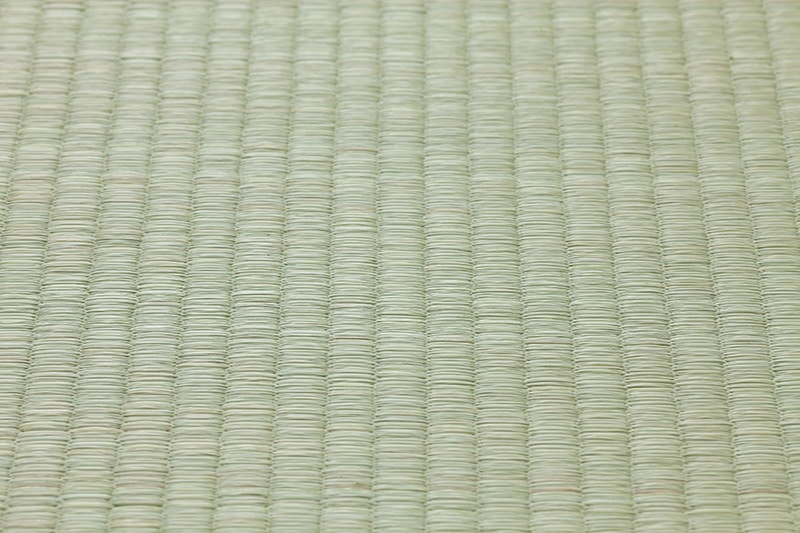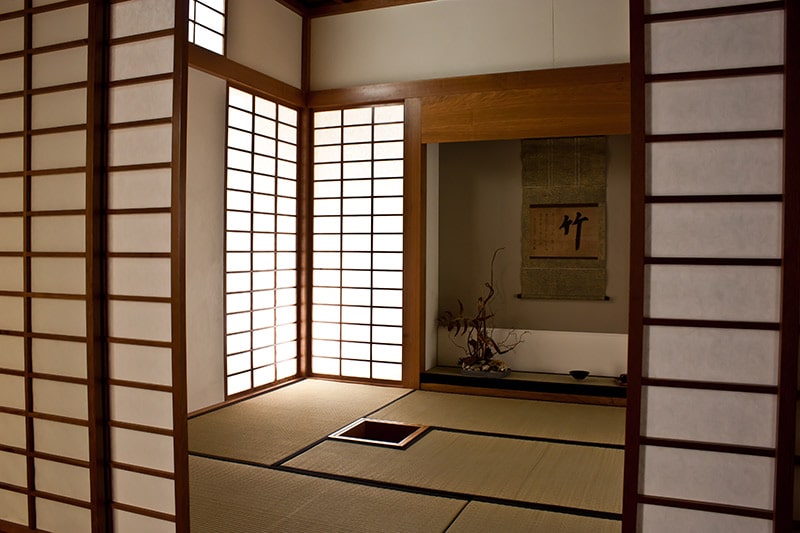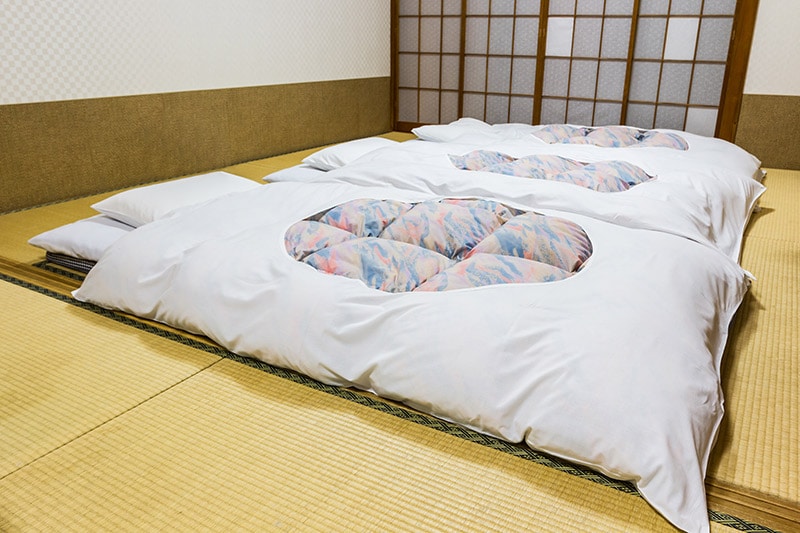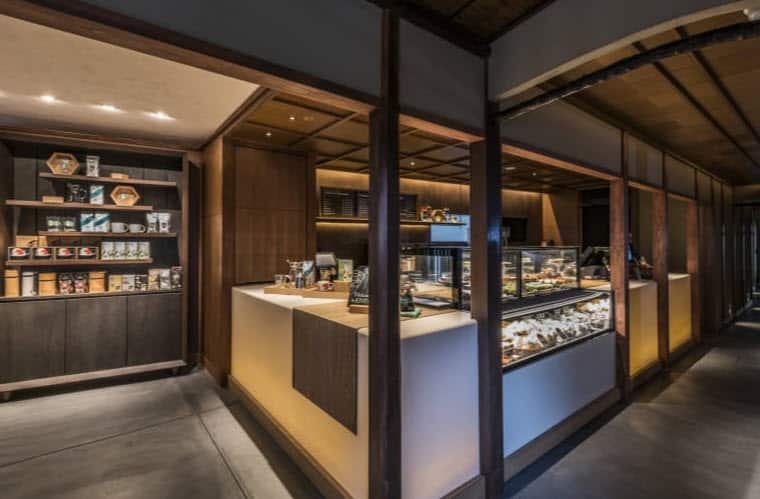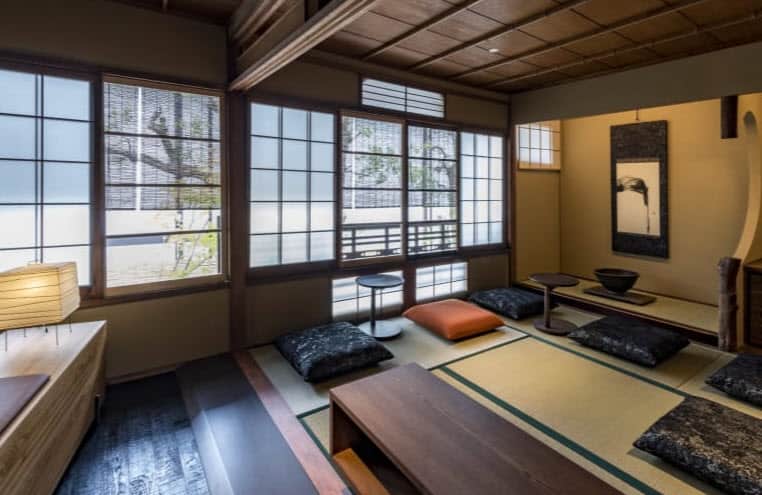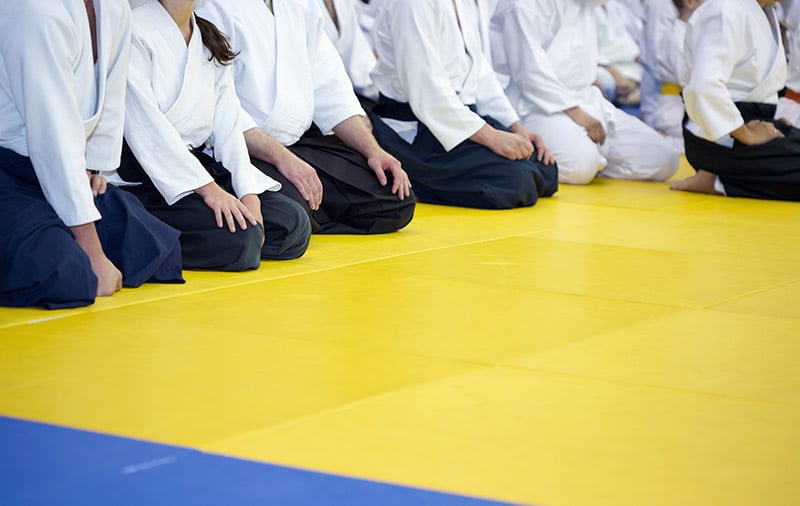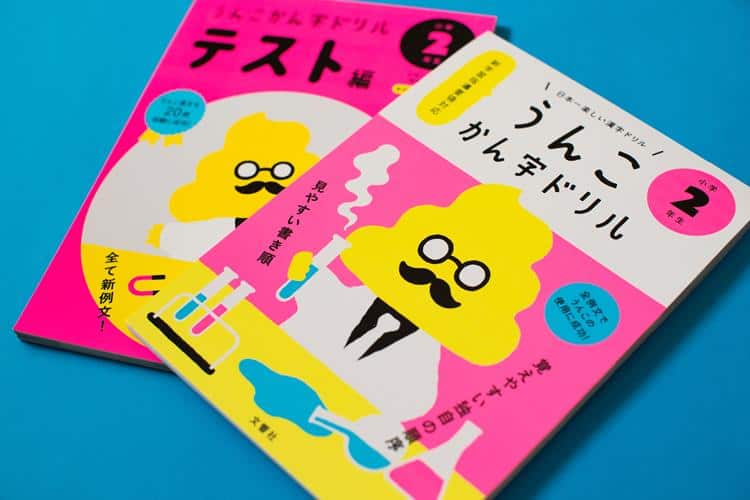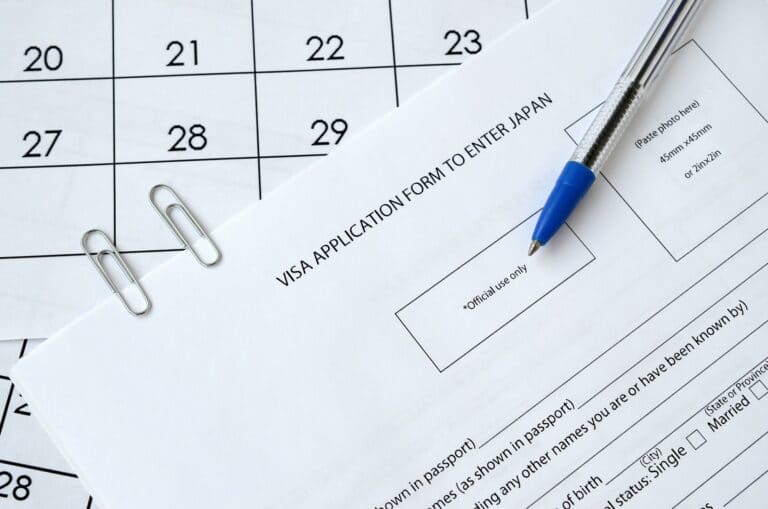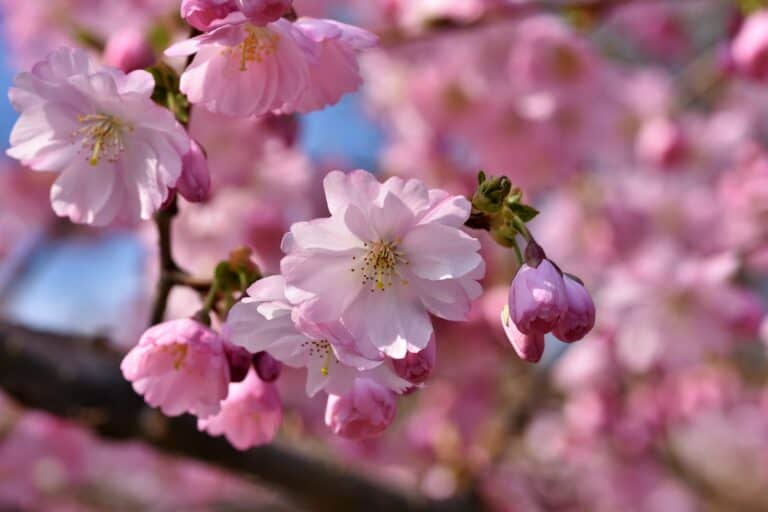What is a Tatami Mat?
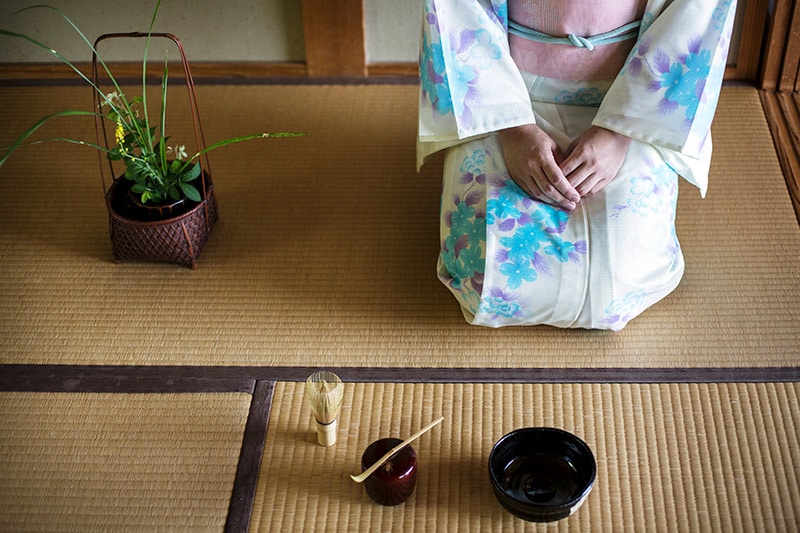
In some cases, we earn commissions from affiliate links in our posts.
You’ve likely noticed that the flooring in Japanese rooms looks different than what we are used to in the West. This type of flooring is called tatami and, like many things in Japan, it’s quite interesting.
Table of Contents
What is Tatami?
A tatami is a type of mat used as flooring material in Japanese rooms. Traditionally, the core is made from rice straw. Tatami produced in modern times often uses compressed wood chips or polystyrene foam boards.
The History of Tatami
Originally, tatami were a luxury item reserved for the nobility and aristocrats. In the Muromachi period, approximately 1336 to 1573, tatami gradually started to spread from small rooms to larger.
Modern Japanese homes use different types of flooring, but at least one tatami area in a home is not uncommon. The rooms that have tatami flooring are referred to as nihonma or washitsu, meaning “Japanese-style rooms”.

Here are 11 Interesting Facts about Tatami
Tatami mats are made in specific sizes
The standard size of a tatami mat is twice as long as it is wide. They measure about 0.9m by 1.8m – about 5.9 by 3 feet.
Mats are typically ordered to fit the room. Many Japanese-style rooms in apartments are six, eight, or ten-tatami mats in size.
Japanese-style Rooms Are Measured in tatami mats
You’re probably used to measuring rooms in feet and inches, or meters, centimeters, and millimeters.
In Japan, there is another unique measuring system that uses the tatami mat. A 6-mat room is a standard-sized room. 4.5 mats would be small, and 8 or 10-mat rooms are considered large. In Tokyo, tatami are often slightly smaller due to space constraints.
Apartment and housing advertisements in Japan often list their room sizes based on how many tatami mats will fit.
There is an etiquette about tatami
It’s a common custom to take off your shoes when entering a Japanese home and wear comfortable slippers when inside. When it comes to tatami, the only polite way to walk on them is barefoot or with socks. This is done to keep the mats clean as they are hard to wash.
Tatami rooms often have other traditional features
Traditional Japanese-style tatami rooms often feature low ceilings, cushions or futons, rice paper blinds, and thin paper walls or sliding doors called shoji.
The rooms were traditionally used for specific purposes
In traditional Japanese culture, the tatami room was often used to entertain visitors, have tea ceremonies, or house a religious altar. The open feel of tatami rooms is meant to provide a place of relaxation. The open design also helps with the hot, humid Japanese summers.
Tatami can last for years
Depending on how much foot traffic wear and tear they receive tatami mats can last up to ten years. The average life span is around 5 to 6 years. The mats are weak to humidity, so care needs to be taken they don’t grow mold.
Some vacuums have a specific tatami setting, and special floor mops are sometimes used. Cleaning should be done in the same direction the rush is woven in.
Tatami mats are made of 3 parts
The inside of the tatami is referred to as the tatami-doko. This is the part traditionally filled with rice straw, and now wood or styrene foam.
The surface of the tatami mat is called the tatami-omote. It is a finely woven rush made of hem or cotton yard as weaving wrap.
The edge of the mats is called the tatami-fuchi. The tatami-fuchi is a cloth wrapped around the end of the mat to hide the woven area.
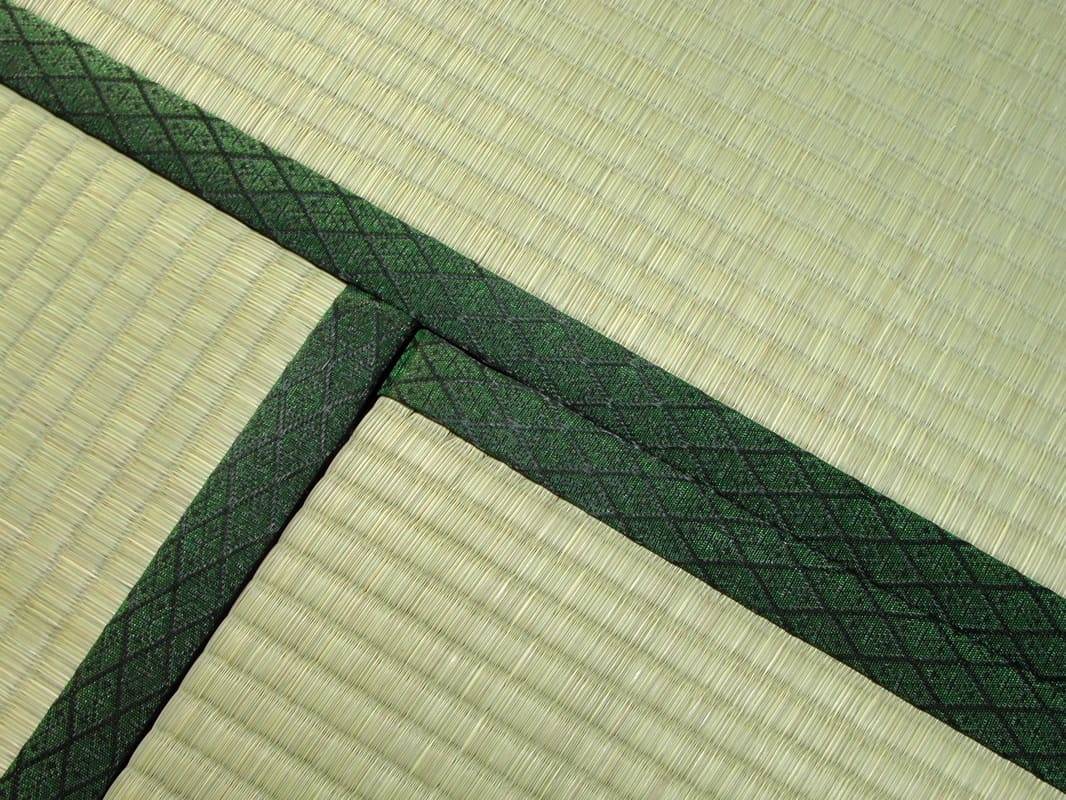
Tatami mats help block out sound
Japanese houses and apartments are often small, especially in a large city like Tokyo. Because of their construction and material, tatami mats are helpful in blocking out sounds like footsteps.
Another advantage is being considerate to your neighbor below who won’t hear stomping footsteps. Tatami mats can be put into babies and young children’s rooms, so there is less chance of waking them when walking around.
Tatami mats are part of a traditional Japanese bed
The Japanese have a unique approach to sleeping that’s been around for centuries.
The traditional way Japanese sleep in on the floor, atop a specific combination of cushions and mats.
The bottom is a tatami mat, followed by a Shikfuton (mattress) and a kakebuton (duvet), and a buckwheat hull pillow.
This sleeping system has an advantage in cramped spaces. Namely, the tatami mat can be rolled up and stored during the day, making the space available for other uses.
There’s a Starbucks with Tatami Mats
The world’s first Japanese-style Starbucks with tatami flooring was in Ninenzaka, Kyoto.
This Starbucks location is in a 100-year-old building, blending in with the surroundings. This beautiful location is a draw for visitors from all over.
Mind Your Tatami Manners
In addition to not walking on a tatami mat other than with bare feet or socks, there’s also a polite way to sit. When guests are visiting, seiza is the most formal way to sit on a tatami mat. This is when you bend your legs and sit on them, feet crossed underneath you. Sittin cross-legged is more casual.
Tatami mats are used for martial arts
A specific type of tatami is used in martial arts like Judo. They are made slightly different with a sheet of polymer covering the mat so it doesn’t collect dust or break.
